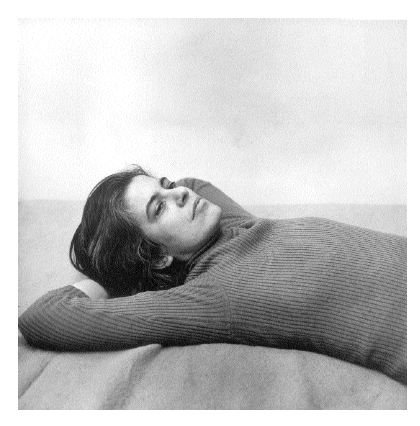The obituary is an existence writ small, the preface to the literary afterlife. Suddenly the story, once endlessly expansive, is over, and can be condensed to a few paragraphs, or summarized in a column or two of newspaper ink, depending on how luminous the luminary under consideration. Like most of what appears in the morning paper, convention and form govern the obituary: the childhood, the schooling, the highlights of the career, comments from notables in the field, the publications, the memorable conflicts, the cause and manner of death, the list of grieving survivors. In the flattering light of the retrospective, Palestinian partisan Edward Said was a “polymath scholar and literary critic” who, it is politely stated, also advocated on behalf of a somewhat unpopular cause; Arthur Miller was a very fine playwright who briefly married some actress. For many writers, the solemn and respectful presentation of their intellectual achievements overshadows their shortcomings and their conflicts, both professional and personal.
Yet when Susan Sontag died in December 2004, her legacy in newsprint might be characterized at best as ambivalent; at worst, vindictive. Her obituaries compiled a fascinating hodgepodge of accolades, minor scandals, and resurrected grudges, scattered among potshots and praise. These mixed reactions to Sontag were nothing new; the obituaries merely mirrored the strong responses she provoked in life. What was striking in its absence was some sense of reverence, that with her passing, perhaps, a few hatchets might be buried, even if only ceremonially. Here is a catalog of Sontag’s most popular descriptors, from the New York Times:
Through four decades, public response to Ms. Sontag remained irreconcilably divided. She was described, variously, as explosive, anticlimactic, original, derivative, naïve, sophisticated, approachable, aloof, condescending, populist, puritanical, sybaritic, sincere, posturing, ascetic, voluptuary, right-wing, left-wing, profound, superficial, ardent, bloodless, dogmatic, ambivalent, tenacious, ecstatic, melancholic, humorous, humorless, deadpan, rhapsodic, cantankerous and clever. No one ever called her dull.
This superabundance of adjectives marks a person and a career still under appraisal. One of the common traits of her obituaries is the use of paradoxical descriptions, of which this is the most elaborate example, as if she can be summoned or summarized only by contradiction. It might also be using the master’s tools to dismantle the house of her persona, as a fellow critic, John Simon, once accused her of using “high-sounding paradoxes without thinking through what, if anything, they mean.” What lurks behind this impulse to bestow labels upon her? Is it a need to finally explain someone who resisted easy classifications, not “left-wing” or “right,” “puritanical” or “sybaritic,” “profound” or “superficial”? She was not afraid to change her mind even if a previous opinion had been expressed with an “ardent” or “dogmatic”...
You have reached your article limit
Sign up for a digital subscription and continue reading all new issues, plus our entire archives, for just $1.50/month.
Already a subscriber? Sign in





